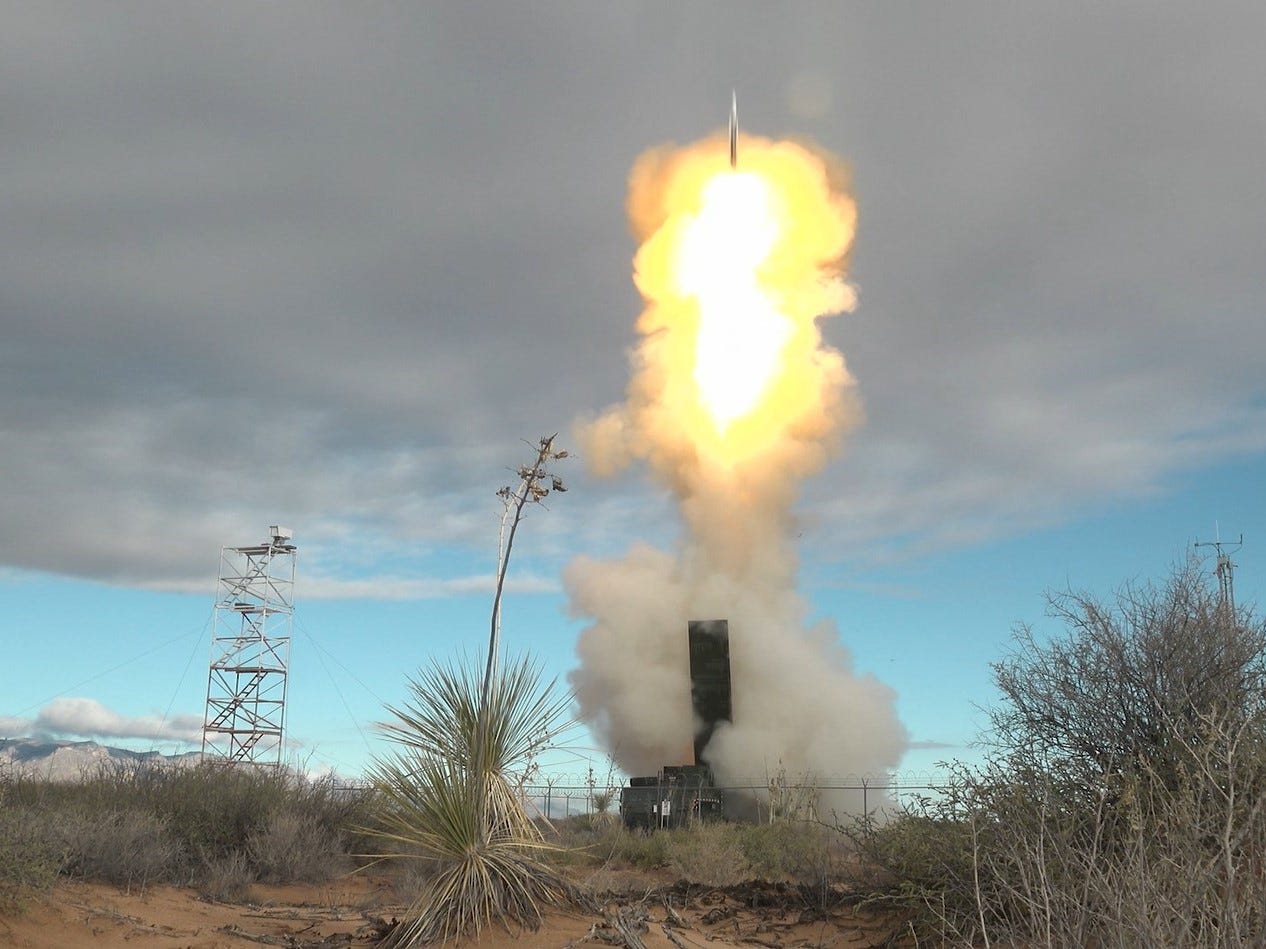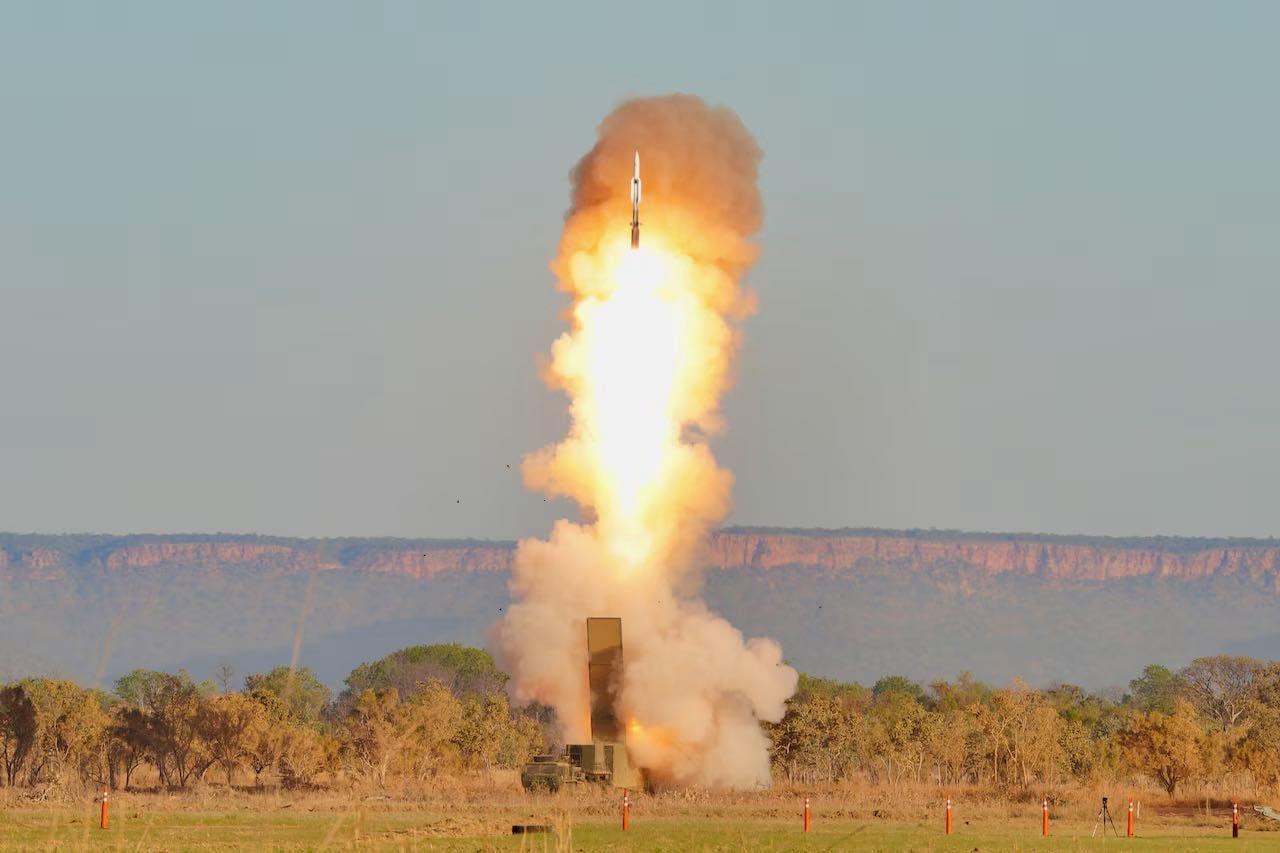- The US Army executed a live-fire test with a Standard Missile-6 from its Mid-Range Capability, or Typhon, system in Australia.
- The live-fire test successfully hit and sank a maritime target.
- The earlier deployment of the MRC in the area has consistently annoyed China.
In a groundbreaking move, the US Army has fired its latest MRC missile system for the first time in the Western Pacific, successfully striking a maritime target that was sunk during testing.
The Mid-Range Capability, or Typhon system has previously drawn the ire of China, with Beijing warning that its activities risk increasing regional tensions significantly. The Army views this weapon as vital for addressing specific gaps in military capabilities within the area.
Specifically, on Tuesday, the 3rd Multi-Domain Task Force reported that a Standard Missile-6 was launched successfully via the adaptable MRC launcher, resulting in the sinking of a designated sea target. This test took place earlier this month during the joint Talisman Sabre exercise held in northern Australia.
The Army marked this event as a milestone, highlighting that it was the first occasion that the land-based MRC was utilized west of the International Date Line, which traverses the Pacific Ocean.
Colonel Wade Germann, leader of the 3rd MDTF, commented, “The deployment of the MRC and the successful live-fire event indicates a substantial advancement in our capacity to deploy, integrate, and manage advanced land-based maritime strike operations.”
This was just the initial live test of the MRC in this region, even though it had previously been deployed during a joint exercise with the Philippines last year. Importantly, the MRC is regarded by the Army as a crucial tool, filling gaps in both capabilities and firing range while offering flexibility for targeting both SM-6s and the Tomahawk Land Attack Missile.
The development of the MRC followed the US’s exit from the 1987 Intermediate-Range Nuclear Forces Treaty in 2019, which was expedited by concerns about Russian missile activity that violated the agreement banning specific ground-launched missiles with ranges of 500 to 5,000 kilometers.

Following the initial deployment of the MRC to the Philippines, China swiftly voiced its objections. Lin Jian, a spokesperson for china’s foreign military, remarked last September that the deployment was akin to “turning back the wheel of history,” indicating serious threats to regional security and heightened geopolitical tensions.
In earlier remarks, he stressed Beijing’s strong opposition to US military escalation just outside China’s territory.
China maintains a considerable inventory of ballistic missiles, including numerous intermediate-range systems capable of threatening US and its allies’ positions in the region.
Beijing also expressed discontent concerning the Philippines during the previous year. In August 2024, Philippine Foreign Secretary Enrique Manalo mentioned that his Chinese counterpart, Wang Yi, raised concerns that these weapons could upset the delicate balance of regional security, remarking that China had presented its worries in a notably dramatic fashion. Beijing has cautioned the Philippines against initiating an arms race.
China’s embassy in the US has not yet commented on the recent test.
The MRC remains a developing asset for the Army, which continues to evaluate effective operational strategies. When the system was previously stationed in the Philippines, US personnel made on-site improvements and adjustments, as indicated by a recent Government Accountability Office report, reflecting user-driven design adjustments.
According to the Army, this successful test in Australia reinforced capabilities for long-range precision fire deployments and offered important insights for optimizing future land-based maritime strike strategies. The potential of these mobile launchers to target both land and maritime objectives is immense within the context of Pacific operations.




















